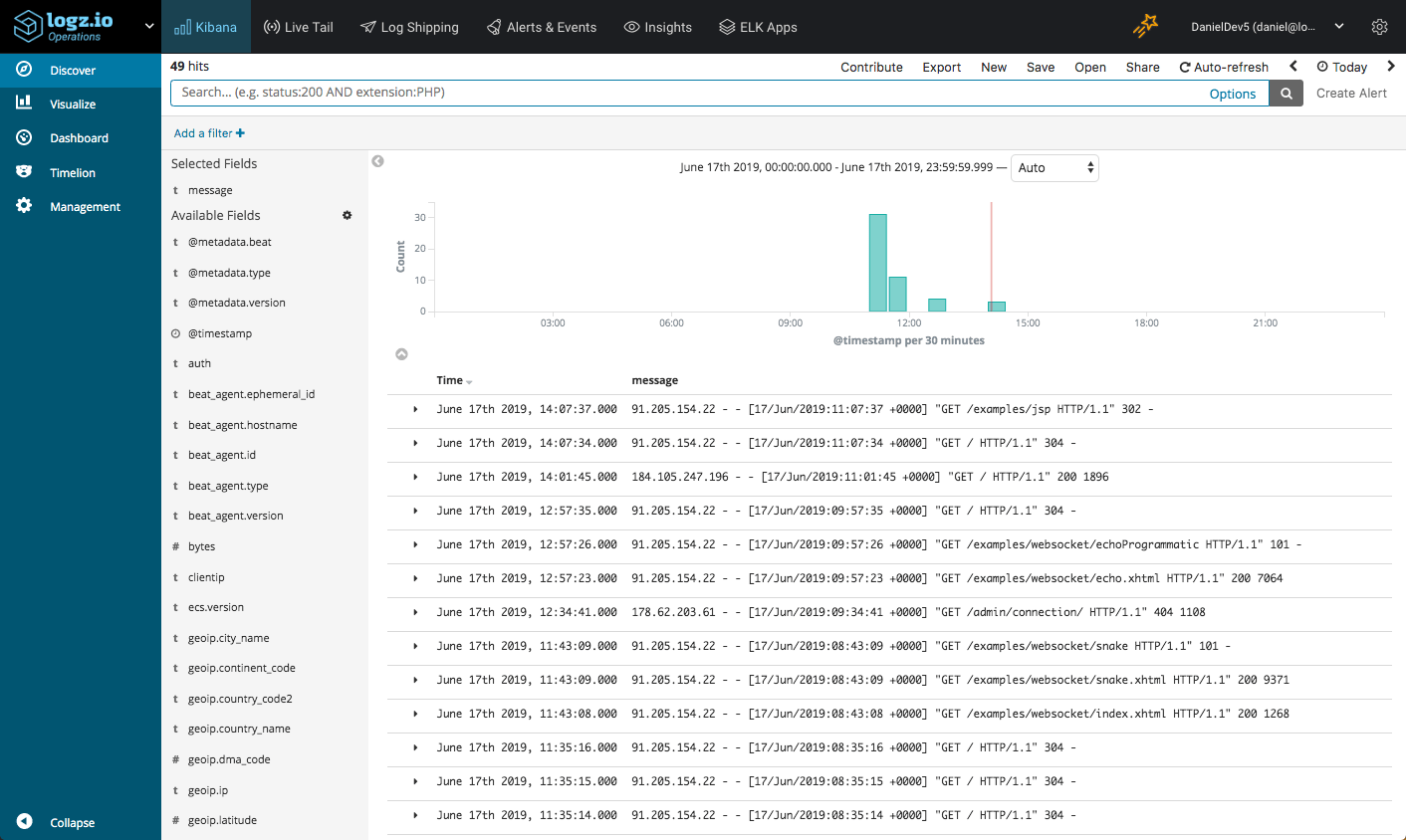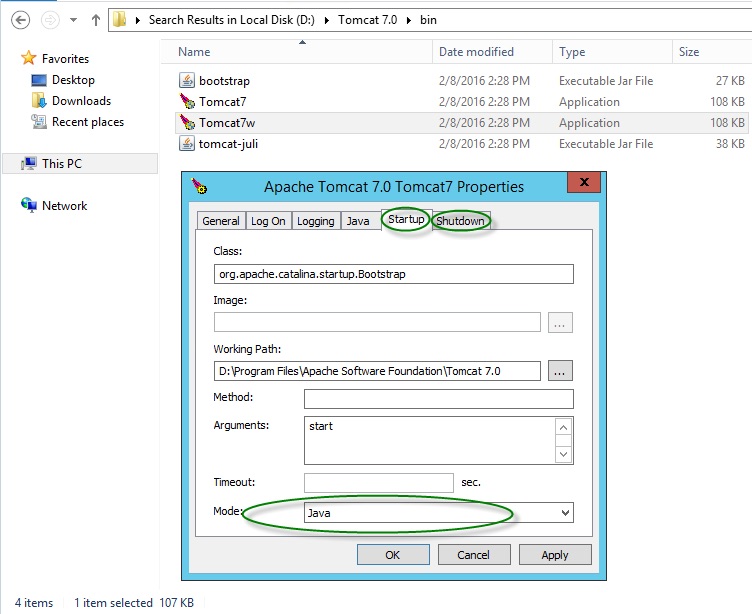
AsyncFileHandler.level FINE .AsyncFileHandler.directory
So, I've removed the run and replaced it with an entrypoint, which is the correct way of running a command like this. You actually want to run the server when you run the container. Your original problems were based on a common mistake you were trying to run the tomcat server during provisioning (building the image). And the run command I've shown here is for a daemon. (I did this mistake and none of the above-mentioned solutions were working). NOTE: Do not place your apache tomcat folder within any other folder or drive, place it directly in C:// drive folder only. ** Of course, you'll have to change the entrypoint to match the specifics of your installation. In order to set CATALINAHOME: First, unzip and paste the apache-tomcat-7.1.100 folder in your C:// drive folder. You can do with this what you wish, but common strategies are transporting the logs to logstash, splunk, or a thousand other places, or you could write them to a file (though that last one is mostly for developers). The output will be anything that has been sent to stdout within the container. If you run the container now you'll be able to run: docker logs aname This is useful to us because this is how docker works. So, the catalina 'run' command is designed to redirect all logs to stdout. However, Ive modified your log4j properties to add a FileAppender and this config works, but of course this logs into a separate log file. Then you can run a container based on this image with something like: docker run -itd -p 8080:8080 -name aname animage In log4j, ConsoleAppender by itself does not append to a File, only to System.out. Open your browser and type localhost:9999 in the browser url and hit enter.Ok, your dockerfile should contain something like this**: from tomcat:7-jre8Ĭopy target/myapp.war /usr/local/tomcat/webapps/myapp.warĮntrypoint then go to the "Service and Port Settings" then go to the "Tomcat" tab and put "9999" as the "HTTP Port" value and save it. Now go to the "Config" Option inside "XAMPP" application i.e top right corner of the XAMPP app.

Ii) open context.xml file which is located inside "conf" folder and go to line number "19" and change tag as and save it. Go to line number "70" and change the "port" number "8080" as something else for example "9999" and save it. I) open server.xml file which is located inside conf folder. Ex: "C:\xampp\tomcat\conf".Įdit these given files with these values: Go to your "tomcat" installation directory and then "conf" folder.

Since they dont have sudo access, I have to change the folder permission for tomcat directory. and give the vale as JRE installation directory path. They want to deploy their war files in apache tomcat which in shared location (/opt/tomcat).

We need to create an Environment Variable "JRE_HOME". We need to create an Environment Variable "JAVA_HOME".Īnd give the vale as JDK installation directory path.

Go to youtube link for better understanding:


 0 kommentar(er)
0 kommentar(er)
